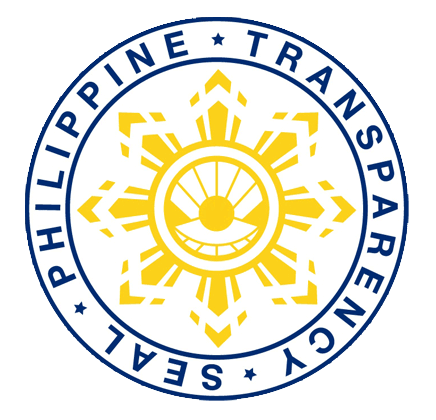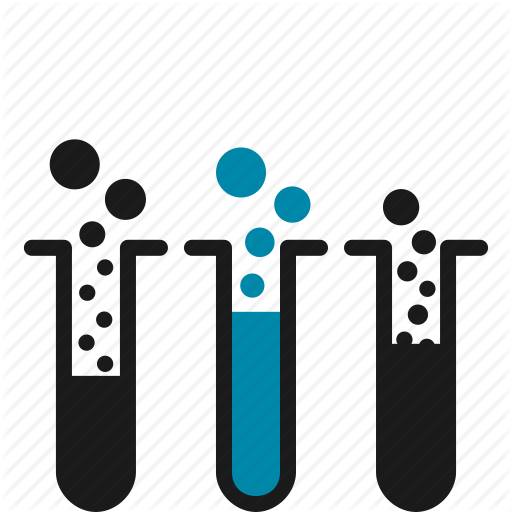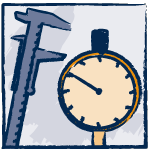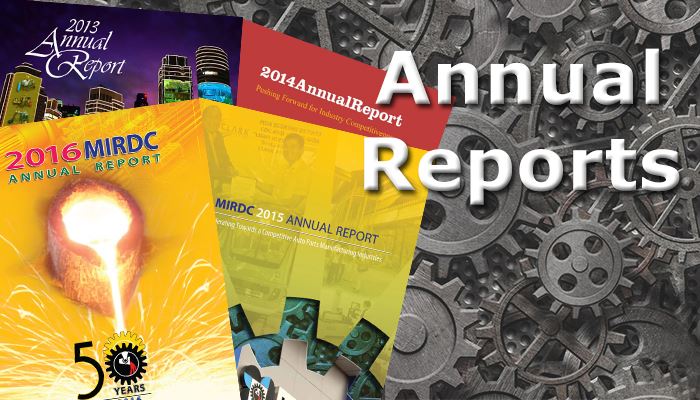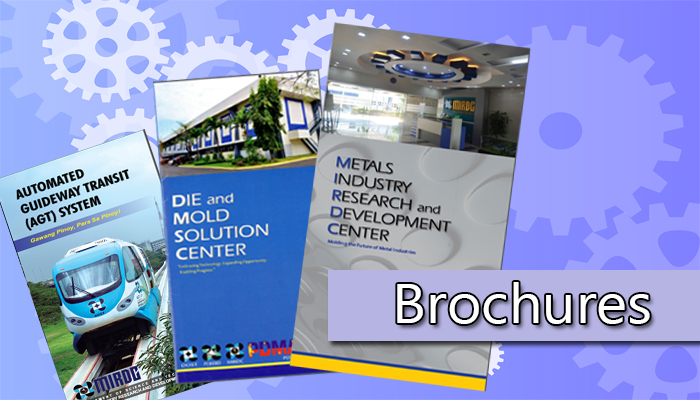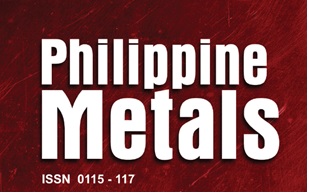"Molding the Future of Metal Industries"
|
The harvester has specially-developed conveyor system and cutters that make the mechanical removal of plants possible. Module 2 is an improved version of the first design in the following aspects:
This equipment arrests excessive growth of water hyacinth, thus, helps address problems on flooding and damage to life and property. The use of the Harvester also lessens negative effects of the proliferation of water hyacinth: risk to health and safety; degradation of water quality; interference with irrigation; hindrance to water transport and recreation. Collected water hyacinth serves as raw materials for livelihood projects.
Target Sector: LGU's
Researcher: Engr. Gharry M. Bathan |
"Molding the Future of Metal Industries"
|
The harvester has specially-developed conveyor system and cutters that make the mechanical removal of plants possible. Module 2 is an improved version of the first design in the following aspects: (1) collection rate is at least 1 ton in 90 sec, or at least 15 days to cover a hectare; and (2) operation can be done for eight continuous hours. This equipment arrests excessive growth of water hyacinth, thus, helps address problems on flooding and damage to life and property. The use of the Harvester also lessens negative effects of the proliferation of water hyacinth: risk to health and safety; degradation of water quality; interference with irrigation; hindrance to water transport and recreation. Collected water hyacinth serves as raw materials for livelihood projects. Target Sector: LGUs Researcher: Engr. Gharry M. Bathan |
"Molding the Future of Metal Industries"
|
The machine consists of a large tank with agitating paddles that mix the slurry. A diesel engine powers the slurry pump that moves the stored cellulose/fiber mulch materials through a hose and a discharge nozzle with high pressure. High pressure allows the Hydroseeder to distribute the seeds to hard-to-reach slopes. The use of the Hydroseeder promotes the growth of vegetation on bare slopes, and is thus, an effective technology to protect the slopes. The growth of vegetation along the usually bare slopes helps prevent erosion and high velocity of run-off during rainy seasons.
Target Sector: LGU's (Disaster Risk Reduction and Management Office) Researcher: Dr. Dominic S. Guevarra |
"Molding the Future of Metal Industries"
|
The harvester has specially-developed conveyor system and cutters that make the mechanical removal of plants possible. Module 2 is an improved version of the first design in the following aspects:
This equipment arrests excessive growth of water hyacinth, thus, helps address problems on flooding and damage to life and property. The use of the Harvester also lessens negative effects of the proliferation of water hyacinth: risk to health and safety; degradation of water quality; interference with irrigation; hindrance to water transport and recreation. Collected water hyacinth serves as raw materials for livelihood projects.
Target Sector: LGU's
Researcher: Engr. Gharry M. Bathan Engr. Allan John S. Limson Mr. Lemuel N. Apusaga |
"Molding the Future of Metal Industries"
|
The improved version of the Biolog Extrusion Machine (Model II) effectively extracts coco coir or fiber from coconut husk. These fibers serve as raw materials for ropes and twines, grow poles for plant liners, mats, geotextiles, car seats, mattresses, and many other products. The commercialization of this equipment will turn into usable materials the coconut fibers that were once thrown away and considered farm wastes. Extrusion and utilization of coco coir is a way of generating income for farmers and their families in the coconut-producing regions of the country.
Target Sector: LGUs
Researcher: Engr. Franciso C. Dime Registry No./Utility Model: Utility Model No. 2/20 |

